
How to Get Blue Hair- Fashion Forward Blue Hair Idea fo "Smurf"
Changing your hair color is one of the most effective and enjoyable ways to update your look. Whether you like it or are catching on to a trend because you see your favorite celebrities doing it.
We love edgy russet shades and traditional highlights, but it's also fun to consider bright colors. Blue is one of those trendy colors that everyone wants to try. There's something for every skin tone and preference, from icy updos to deep ocean blues.
How to dye blue hair?
Lightening Your Hair
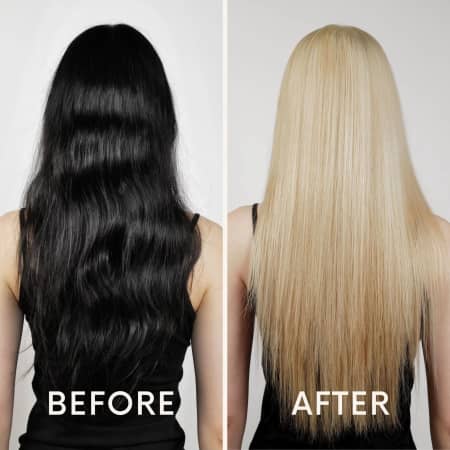
1. Begin by using a clarifying shampoo.
Using a clarifying shampoo will help remove buildup from your hair and make coloring easier.
2. If you have previously dyed your hair, use a color remover.
If you still have dye in your hair from the last time you dyed it, you may need to use a color remover to prepare it for coloring. Color removers do not bleach your hair; they simply remove the dye, which may lighten it slightly. If your hair is still dark beneath the dye, you will need to bleach it.
3. Bleach your hair if it is still dark.
If your hair is still dark after using a color remover, you should bleach it to ensure that it looks true blue when dyed.
If you've never bleached your hair before, you should consider having it done by a professional stylist.
4. Use a deep treatment to restore your hair.
Your hair may be damaged and dry after using color removers and bleach. You can use a protein conditioner or a deep conditioner to repair some of the damage.
You should also wait a few days before coloring your hair to allow it to recover from the chemicals.
Dye your hair.
1. Protect your clothing and skin.
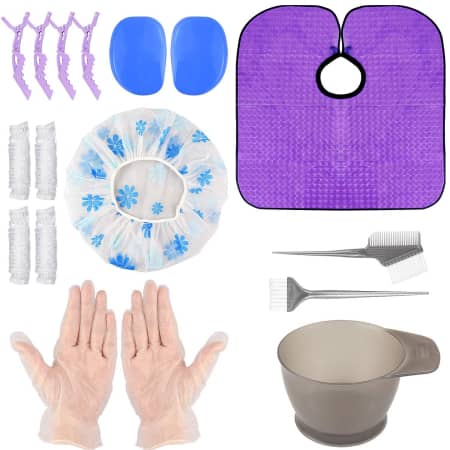
Wear an old T-shirt that you don't mind getting stained before you begin dyeing. Then, wrap a towel or smock around your neck to protect your skin from the dye, and wear vinyl gloves to keep the dye off your hands and nails.
To prevent the dye from staining your skin, apply petroleum jelly to the edges of your hairline and around your ears.
Keep in mind that if you get dye on your skin or nails, it will eventually wash off. If the dye gets on your clothes or other fabrics, it may never come off.
2. Mixing dyes.
Not all dyes must be combined. If your dye does need to be mixed before use, follow the mixing instructions on the package. Mix your dye ingredients together using a plastic bowl and a dye brush according to the package directions.
3. Color the hair with the dye.
When you're ready, apply the dye to your hair in sections. Hold about half of your hair on top of your head with non-metal bobby pins so you can dye the bottom layer first.
To ensure that the dye is evenly applied to all of your hair strands, use your fingertips or a hair coloring brush. Begin at your hair's roots and work your way up to the ends.
Some hair dyes suggest applying the dye to the strands until it becomes slightly foamy.
4. Allow the dye to sit for a few minutes.
After you've dyed your entire head of hair, cover it with a shower cap or plastic wrap. The time you need to leave the dye on your hair is determined by the type of dye you used. Some brands can be left on for an hour, while others can only be left on for about 15 minutes. Take your time and don't leave the dye on for too long.
5. Rinse the dye away.
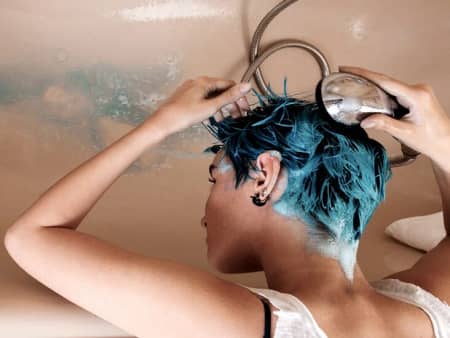
When the timer goes off, rinse your hair until the water is almost clear. Rinse your hair only with cool, lukewarm water. Warm water will remove more dye and result in a more natural-looking color.
6. Towel dry your hair
Blow-drying your hair may damage it and cause the dye to bleed out.
How can I keep my blue hair?
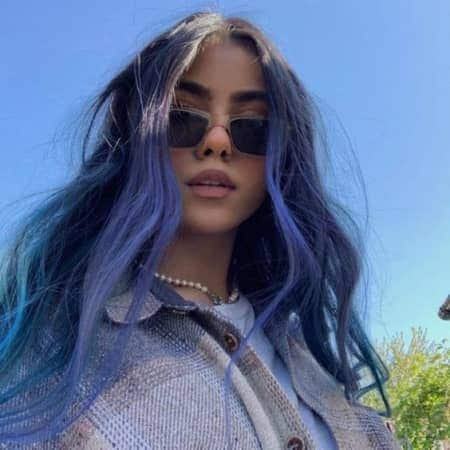
1. Immediately after drying your hair, rinse it with vinegar.
To extend the life of your color and make it look more vibrant, use a vinegar rinse made up of equal parts water and white vinegar. Allow it to sit on your hair for about two minutes before rinsing it out. Then, shampoo and condition your hair again to get rid of the vinegar smell.
2. Wash your hair less frequently.
The fewer times you wash your hair, the longer the color will last. Wash your hair no more than twice per week. You can use dry shampoo to keep your hair clean in between washes.
3. Use cool or lukewarm water to wash your hair.
Rinse with cool water after applying the conditioner to seal the hair shaft and lock in more color.
4. Stay away from heat treatments.
Heat can cause the color to bleed out of your hair, causing the color to fade faster. To avoid this, avoid using heat treatments like blow dryers, flat irons, or hot rollers.
If you need to blow dry your hair, use the cool or warm setting of your hair dryer rather than the hot setting.
If you want to curl your hair before going to bed, try using foam rollers. These will curl your hair without the use of heat.
5. Change your hair color every three to four weeks.
Most blue dyes are semi-permanent and fade quickly, so your hair color will fade slightly over time. You will need to re-dye your hair every three to four weeks to keep the vibrant blue color.
Blue hair color ideas
Lady Gaga
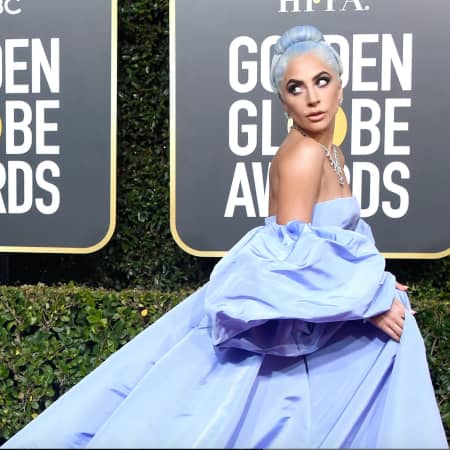
Lady Gaga portrayed an ice queen from head to toe at the 2019 Golden Globes. Her icy blue hair complimented her Valentino gown, intertwined between soft white and icicle blue.
Megan Thee Stallion
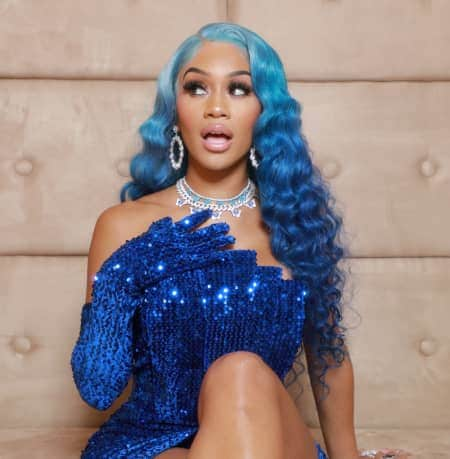
Navy blue hair is the heartthrob of some really hot girls - like Megan Sestrione. This dark hair looks like cascading curls that can change depending on where the light hits them.
Karol G
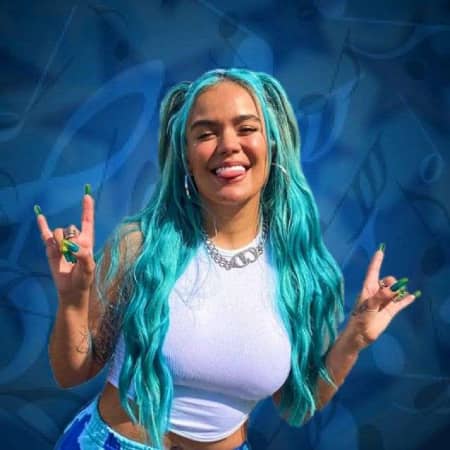
Karol G is no stranger to blue hair - it's been her trademark for years. The bright turquoise tresses look effortless with her beachy waves.
Kesha
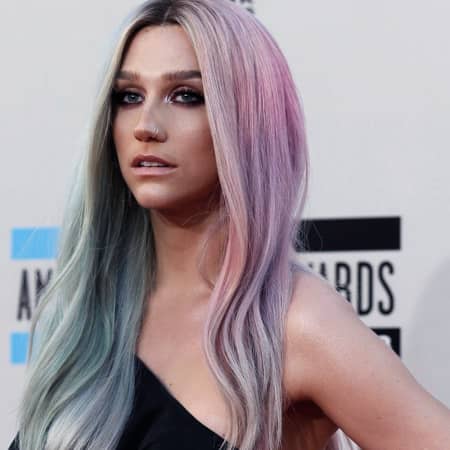
Instead of using just one color, try two, as Kesha did. Combining pink and blue, the soft tones don't stand out together, and if you look carefully, you can spot elements of purple as well.
Amandla Stenberg
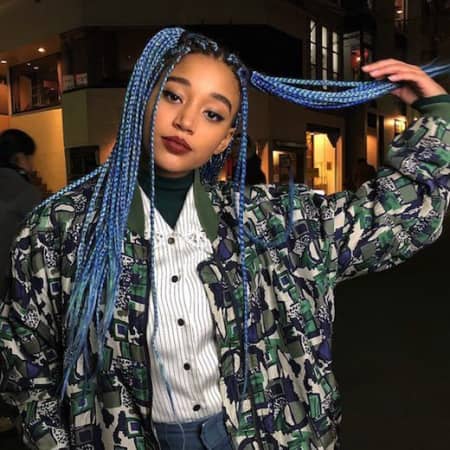
A fun way to play with color is to add complementary blues from the centerline to the ends of your hair, as Amandla Steinberg did.
Read More:
Here Is The Dark Hair Color Ideas That You Are Looking For
Gray Blending For Dark Hair-Keeps You Naturally Young
How To Get Peekaboo Hair Color? This Is The Most Comprehensive Guide
